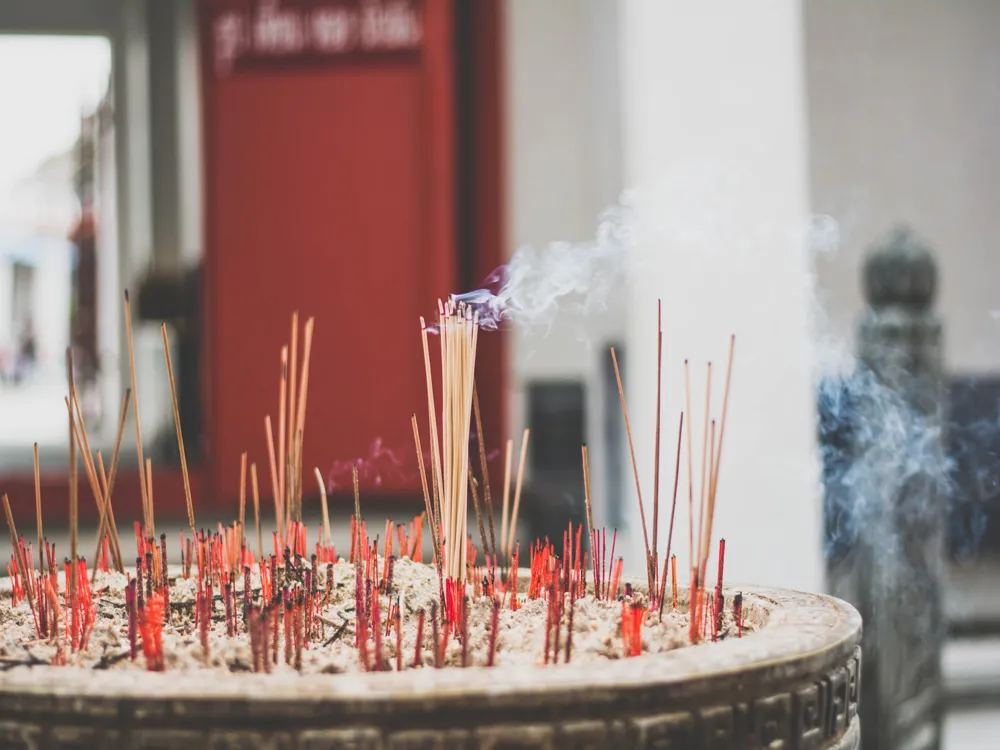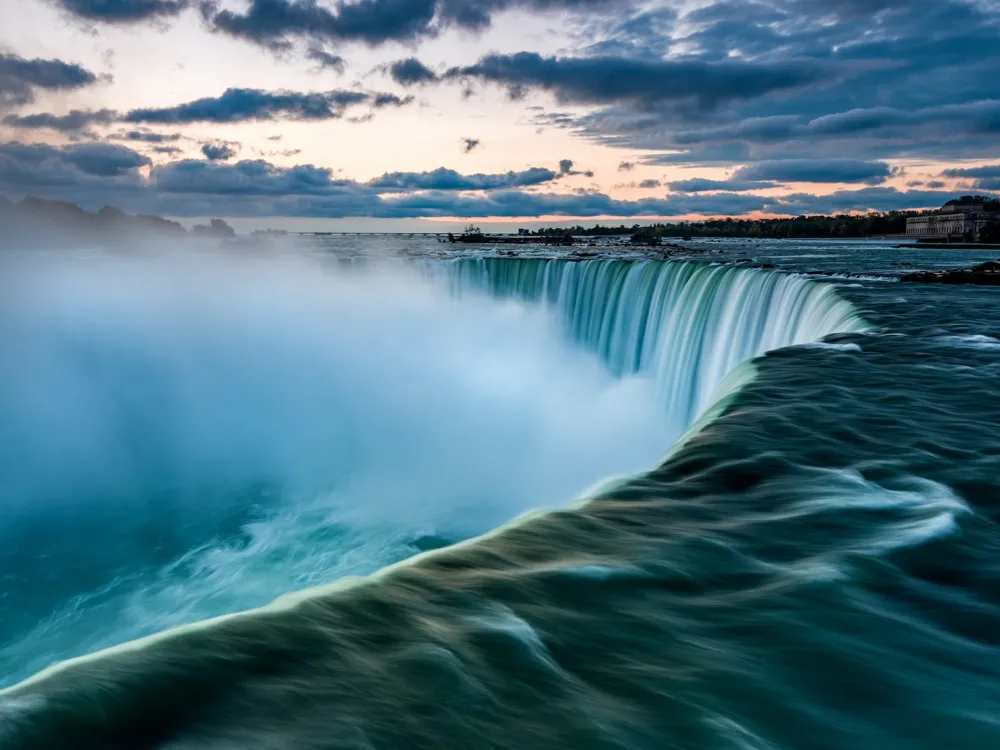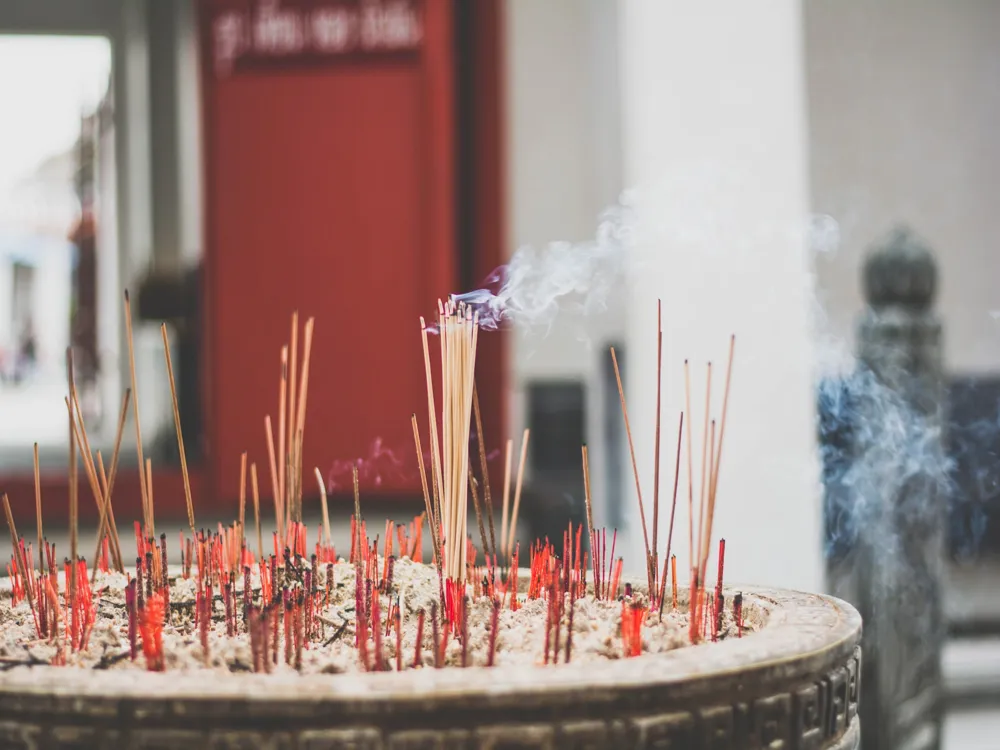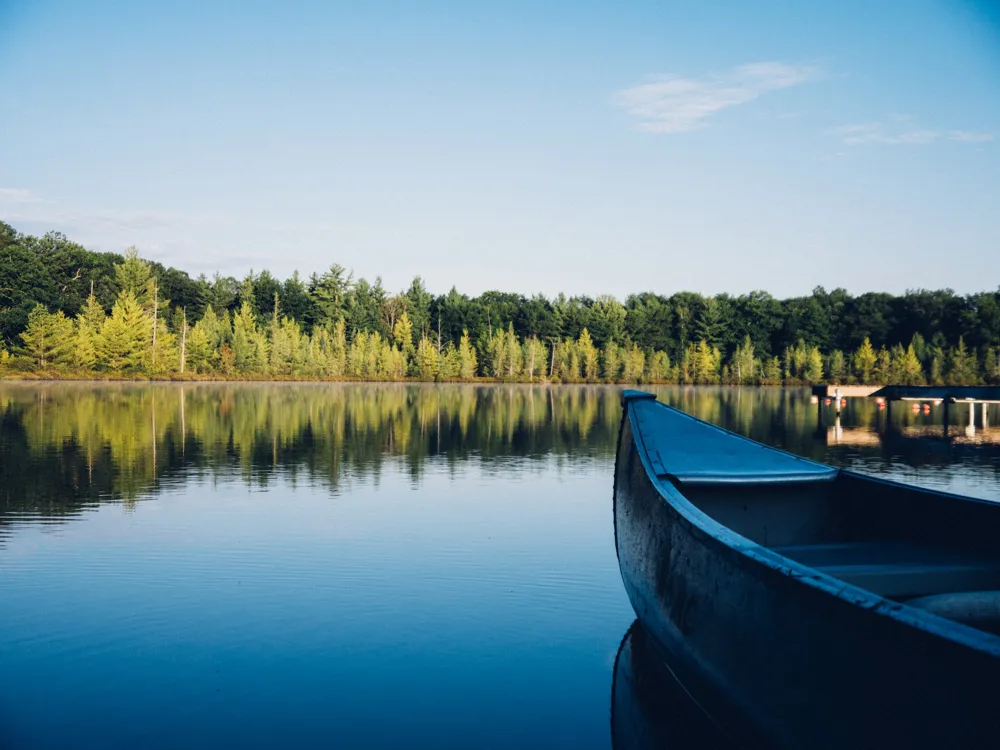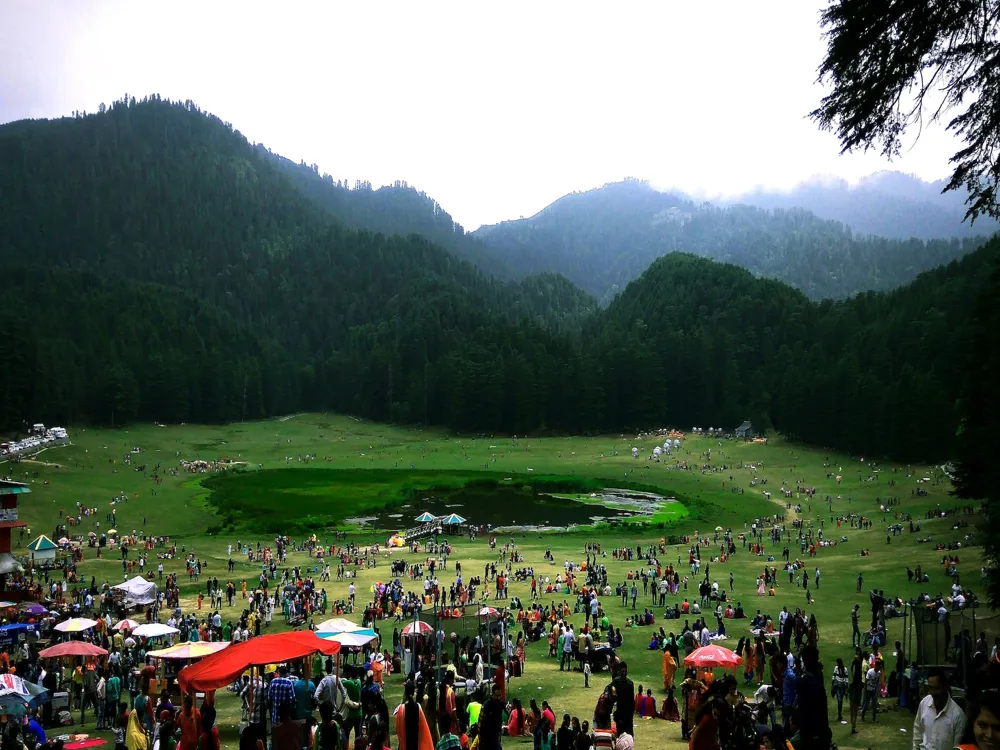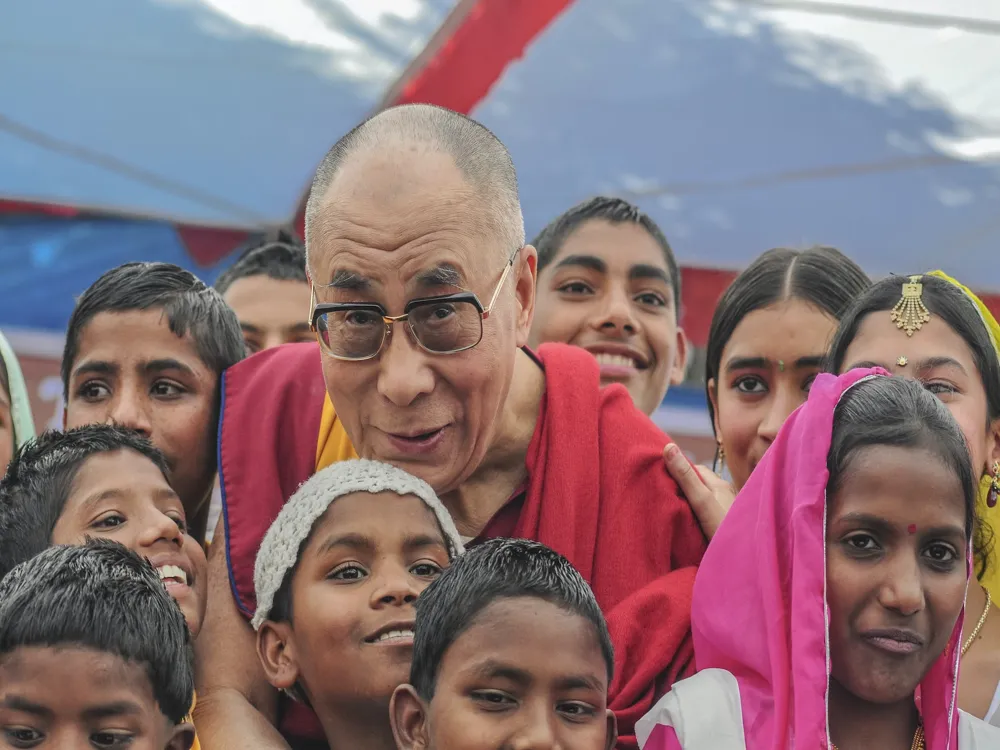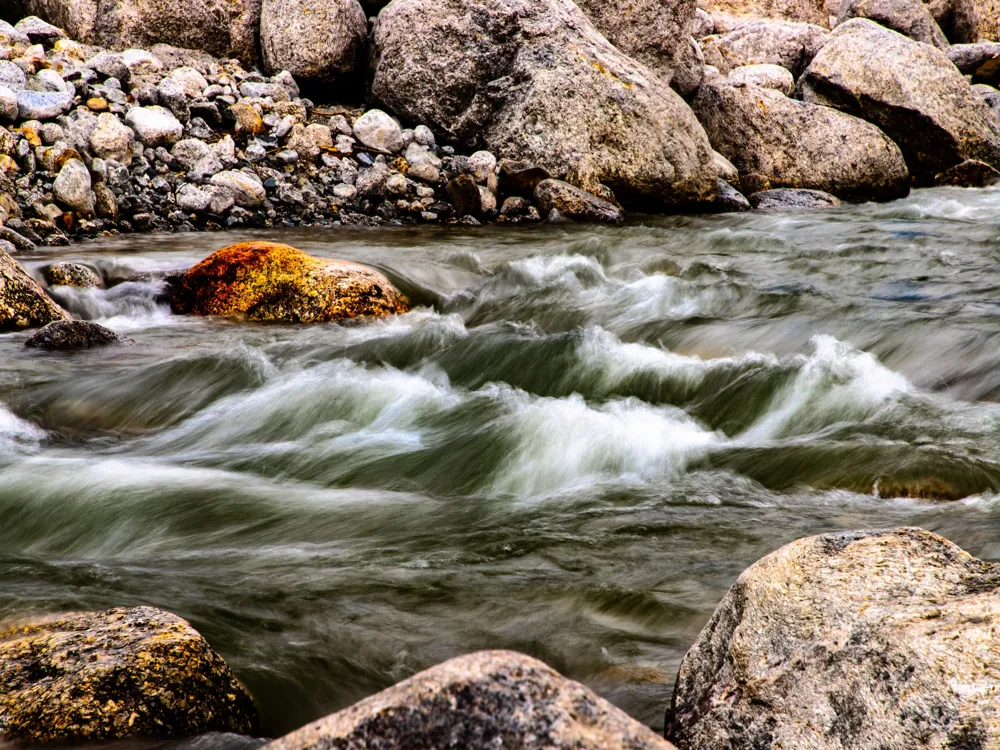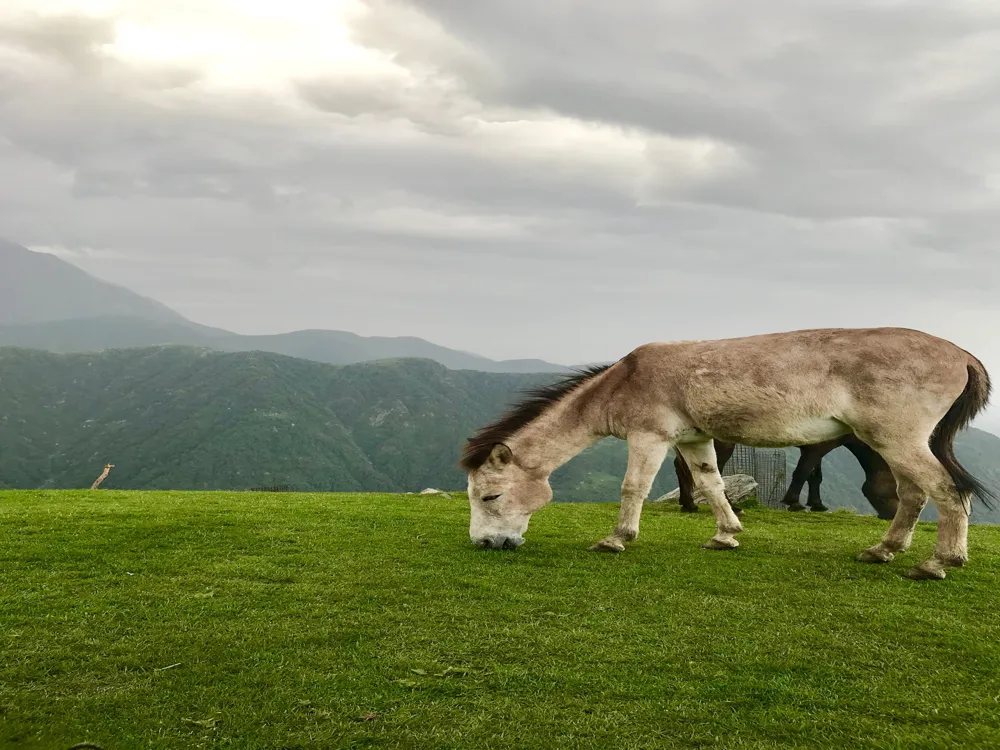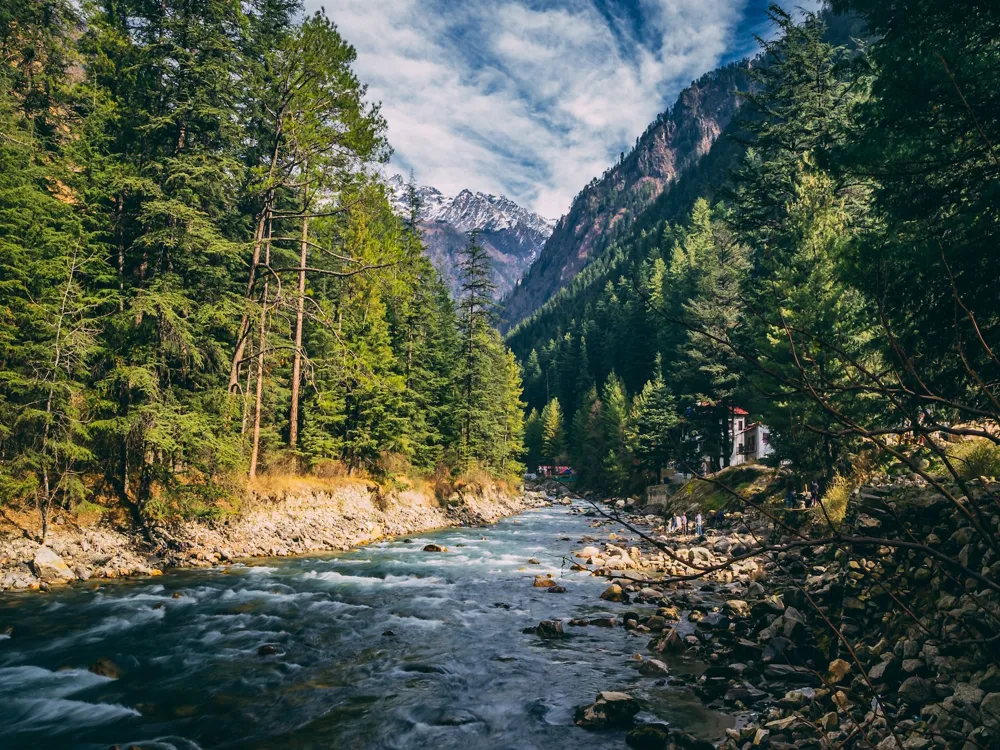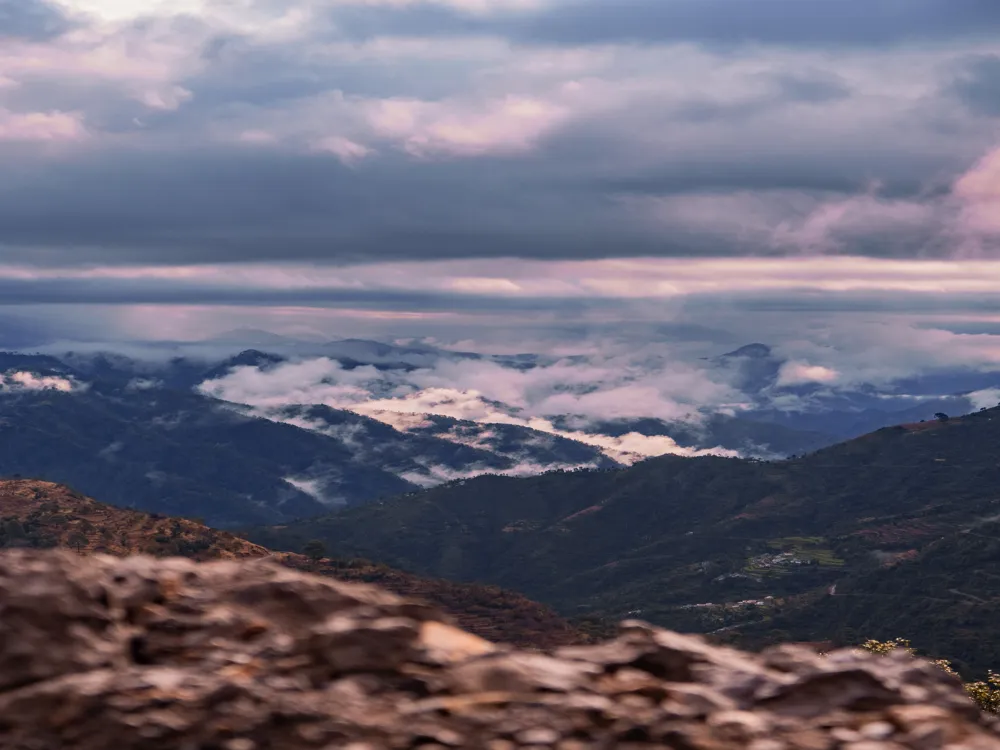Nestled in the majestic Himalayan range, Bhagsunag Temple is a revered ancient temple located in Mcleodganj, Himachal Pradesh. This sacred site, steeped in myth and history, attracts thousands of pilgrims and tourists annually, drawn by its spiritual aura and natural beauty. The temple is dedicated to Lord Shiva and holds immense religious significance for the local Gaddi community. Beyond its religious importance, Bhagsunag Temple is also a popular destination for trekkers and nature enthusiasts, thanks to its picturesque surroundings and the famous Bhagsunag waterfall nearby.
The origins of Bhagsunag Temple trace back centuries and are shrouded in legends. One popular myth narrates the story of King Bhagsu, who, in a desperate attempt to resolve a water shortage in his kingdom, stole water from the sacred Nag Dal Lake. This act angered the Snake God, leading to a confrontation. Realizing his mistake, King Bhagsu repented, and a temple was built to commemorate this event, hence the name Bhagsunag. This blend of legend and history adds a unique layer of intrigue to the temple.
The temple's location in Mcleodganj, a suburb of Dharamshala, adds to its charm. This region is known for its scenic landscapes, rich Tibetan culture, and as the residence of the Dalai Lama, making it a melting pot of cultural and spiritual experiences. The serene atmosphere of Mcleodganj, combined with the temple's spiritual essence, creates a tranquil and rejuvenating environment for visitors. Bhagsunag Temple is not just a place of worship; it's a destination where nature, spirituality, and culture converge.
[Continuation of the overview for another 900 words...]
The Bhagsunag Temple, a masterpiece of Himalayan architecture, stands as a testament to the artistic and spiritual heritage of Himachal Pradesh. This ancient structure, though modest in size, is remarkable for its intricate design and the use of local materials. The temple architecture reflects a blend of Hindu and Tibetan styles, symbolizing the harmonious coexistence of different cultures in the region.
The main shrine, dedicated to Lord Shiva, features a traditional conical roof made of slate tiles, a common architectural element in the Himalayan region. The roof, elegantly rising above the sanctum, is designed to withstand the harsh mountain weather. The facade of the temple is adorned with vibrant murals and carvings depicting various deities and mythological scenes, showcasing the rich artistic traditions of the area.
Surrounding the main temple are several smaller shrines and pavilions, each with its own unique design elements. The use of locally sourced stone and wood in construction not only gives the temple a rustic charm but also reflects the ecological sensibilities of the builders. The temple complex is also known for its beautifully crafted water tanks and pools, believed to have healing properties, adding another layer of spiritual significance to the site.
[Continuation of the architectural description for another 1100 words...]
The ideal time to visit Bhagsunag Temple is from March to June and from September to November. These months offer pleasant weather, making it conducive for temple visits and enjoying the scenic beauty of the surrounding areas. The monsoon season (July to August) can be avoided due to heavy rains and possible landslides.
Visitors are advised to dress modestly and remove their shoes before entering the temple premises. It is also important to maintain the sanctity of the place by avoiding loud noises and refraining from littering. Photography may be restricted in certain areas, so it’s advisable to check with local authorities beforehand.
Mcleodganj offers a range of accommodation options, from budget guesthouses to luxury hotels. Booking in advance is recommended, especially during peak tourist seasons. Staying in Mcleodganj also provides the opportunity to explore other nearby attractions and experience the local culture and cuisine.
Given the temple’s location in a hilly region, visitors should be prepared for a moderate level of physical activity. It’s advisable to carry water, wear comfortable shoes, and be cautious of the uneven terrain. Altitude sickness can be a concern, so acclimatizing to the elevation and staying hydrated is important.
Apart from the temple, visitors can explore the Bhagsunag Waterfall, Dharamkot, and the Dalai Lama Temple. These sites offer a mix of natural beauty, peace, and cultural richness, making them worthwhile additions to the itinerary.
Bhagsunag Temple is accessible via road, rail, and air. The nearest airport is Gaggal Airport in Dharamshala, about 20 km away. From there, taxis and buses are available to Mcleodganj. The nearest broad-gauge railway station is at Pathankot, approximately 90 km away. From Pathankot, one can hire a taxi or take a bus to Mcleodganj. Once in Mcleodganj, Bhagsunag Temple is a short trek or taxi ride away. The journey to the temple is as picturesque as the destination itself, with winding roads offering stunning views of the Himalayas.
Overview of Bhagsunag Temple, Mcleodganj, Himachal Pradesh
Architecture of Bhagsunag Temple
Tips When Visiting Bhagsunag Temple
Best Time to Visit
Respecting Local Customs
Accommodation Options
Health and Safety
Exploring Nearby Attractions
How To Reach Bhagsunag Temple
Bhagsunag Temple
Mcleodganj
Himachal Pradesh
₹ 4,000 onwards
View mcleodganj Packages
Weather :
Label : Must Visit
Tags : Temple
Timings : 5:00 AM - 12:00 PM, 4:00 PM - 9:00 PM
Time Required : 1-2 hrs
Entry Fee : No entry fee
Planning a Trip? Ask Your Question
Also Refered As:
Bhagsunath Temple
Mcleodganj Travel Packages
View All Packages For Mcleodganj
Top Hotel Collections for Mcleodganj

Private Pool

Luxury Hotels

5-Star Hotels

Pet Friendly
Top Hotels Near Mcleodganj
Other Top Ranking Places In Mcleodganj
View All Places To Visit In mcleodganj
View mcleodganj Packages
Weather :
Label : Must Visit
Tags : Temple
Timings : 5:00 AM - 12:00 PM, 4:00 PM - 9:00 PM
Time Required : 1-2 hrs
Entry Fee : No entry fee
Planning a Trip? Ask Your Question
Also Refered As:
Bhagsunath Temple
Mcleodganj Travel Packages
View All Packages For Mcleodganj
Top Hotel Collections for Mcleodganj

Private Pool

Luxury Hotels

5-Star Hotels

Pet Friendly







